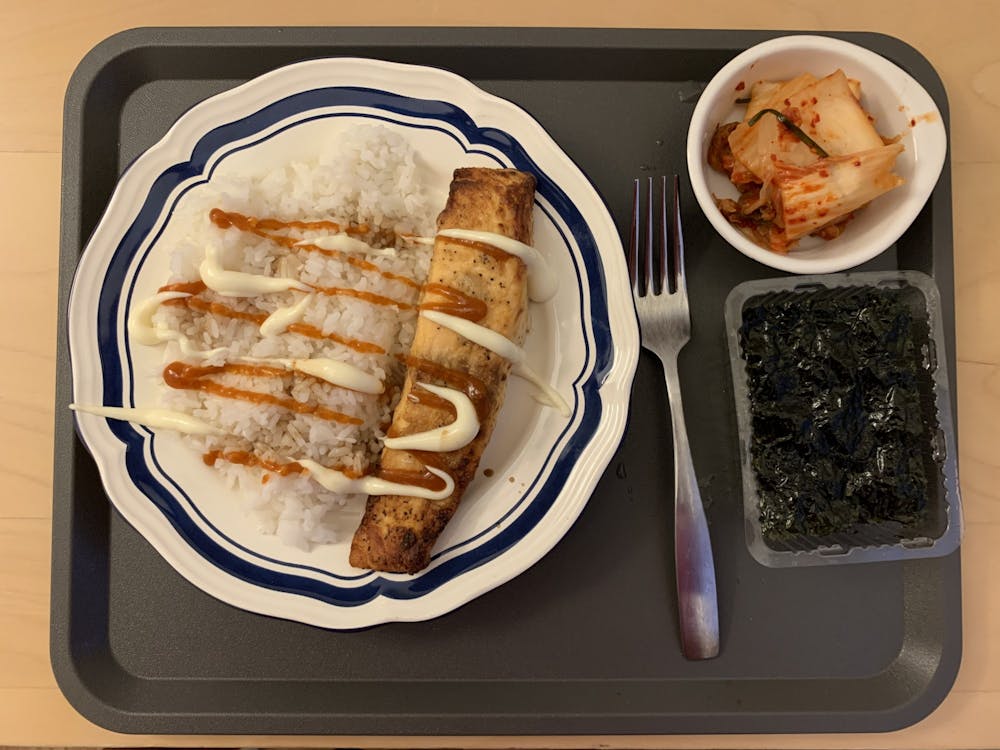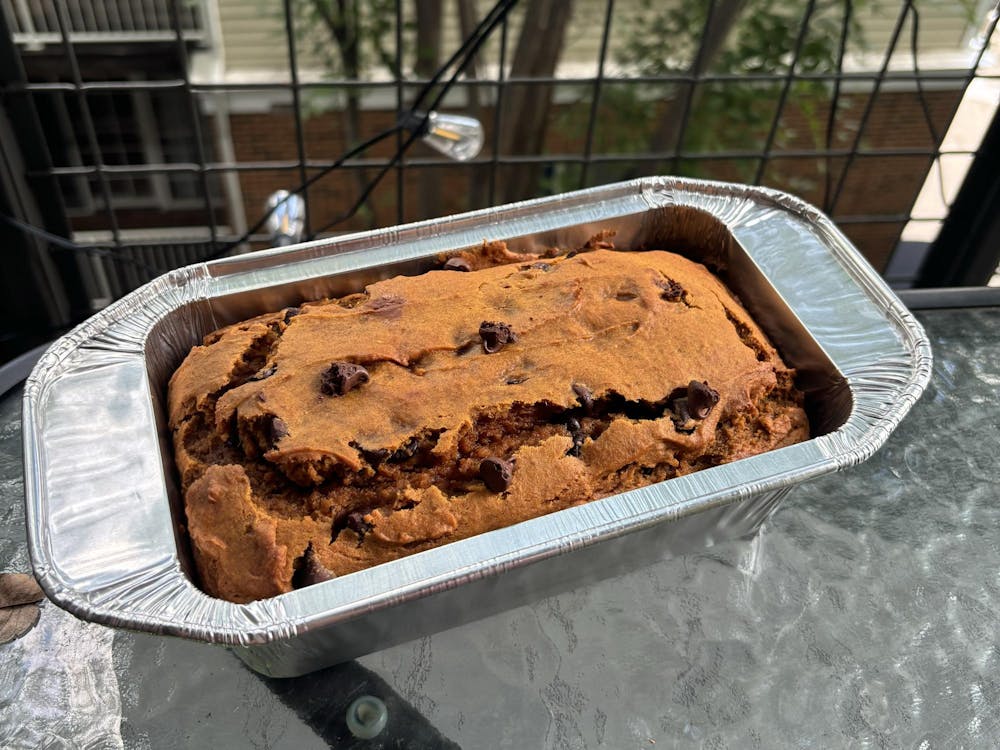中文版请点击此处
TikTok is known to create viral sensations of certain people, songs, dances or helpful tips. The app is also the source of many popular recipes that are usually different and intriguing — or in this case, easy and simple.
In a short period of time, Emily Mariko, a 29-year-old influencer also known as @emilymariko, skyrocketed from around 50,000 followers to more than 5.4 million followers on the platform. Her rise to fame came as a result of her minimalist and organized lifestyle, as well as the variety of simple recipes she creates. Her most signature recipe is a variation of leftover grilled salmon over a bed of rice — the popular video currently has over 25 million views.
Even before Mariko went viral, I actually followed her when she was at 50,000 followers in admiration of her dedication to organization and structure. When I saw people finding Mariko through her salmon and rice recipe, I initially thought it seemed basic and not worthy of going viral.
After seeing other comments, however, I saw why the recipe’s simplicity made it so popular. The meal consists of only a few ingredients that are both accessible and easily replaceable to fit individual preferences, meaning almost anyone can recreate it.
Mariko also has an unconventional way of steaming leftover rice — instead of microwaving the rice on its own, she places an ice cube on it and covers the rice and ice cube with parchment paper before placing it in the microwave. When she pulls the plate out from the microwave, the ice is not melted at all. This trick has caused debate regarding why the ice cube did not melt did not melt, helping to boost the video’s popularity.
While Mariko uses leftover salmon and rice in her video, I think it is fine to use freshly baked salmon and cooked rice. Besides the salmon and rice, the recipe calls for sriracha, Japanese Kewpie mayonnaise, soy sauce and optional sides, such as avocado, roasted seaweed or kimchi. Almost all of these ingredients can easily be found in your local grocery store’s Asian aisle.
Mariko’s instructions are fairly simple as well. First, smash up the salmon with a fork. Then, place your leftover rice on top. Next, place the ice cube on the rice and cover the whole plate with parchment paper to microwave it. Mariko never specifies how long she microwaves this for in the TikTok, but I microwaved mine for about a minute and a half. After microwaving, squeeze the mayonnaise, sriracha and soy sauce over the rice and mix everything thoroughly. Finally, enjoy the dish by itself, or with the optional sides mentioned above.
If you can’t find the Japanese Kewpie mayonnaise in the grocery store, you can either buy it online or replace it with regular mayo, which is what I did. The dish can also be made vegan by replacing the mayonnaise with vegan mayonnaise and the salmon with tofu, which @healthygirlkitchen provides the recipe for.
I found that although Mariko’s method is nicely structured, it can also be a little time consuming, and some of her steps can be cut out to save time. For example, it is not necessary to smash up the salmon completely or use an ice cube and parchment paper to properly microwave the rice. I mixed everything together — without breaking the salmon first — and did not use an ice cube or parchment paper to heat up the dish. It still came out perfectly combined and heated.
In terms of flavor, I found the dish very tasty. If you are a fan of seafood, this is a perfect way to whip up something quick — particularly if you have leftovers from the day before. The mayonnaise, sriracha and soy sauce are all adjustable to your own preferences, so you can make it as spicy or as mild as you want.
In conclusion, I would rate Mariko’s viral recipe a nine out of 10 for its deliciousness given the limited ingredients it has. The reason why I wouldn’t give it a full 10 out of 10 is because of the extra steps Mariko adds that simply take up too much time for a lazy person like me. Despite this one con, I would ultimately say, yes — Emily Mariko’s salmon and rice recipe does indeed live up to the hype.





